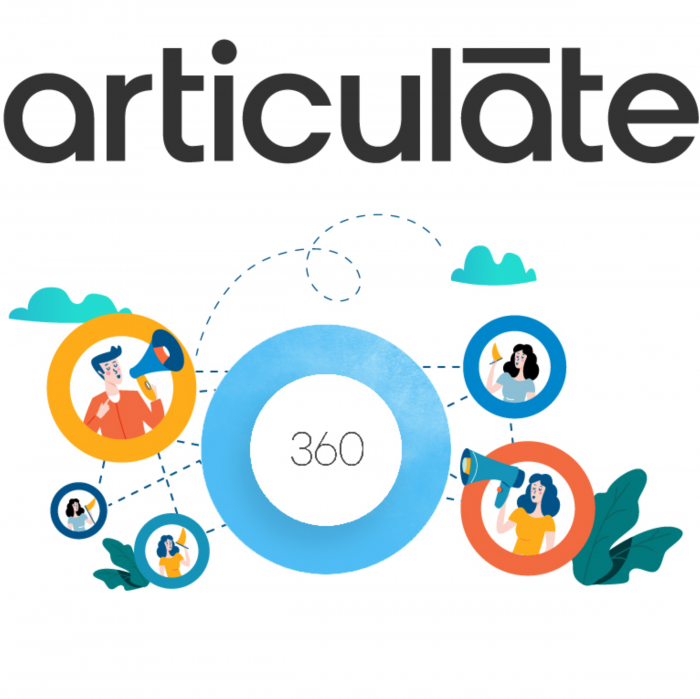Instructing designers often face confusing questions when explaining what we do to live. E-learning? Instructional design? For many, these words can be dreamed of as a foreign language. This article aims to clarify what is instructional design (ID), what we do as instructional designers and why it is an important part of the development of e-learning.
What is instructional design?
Fundamentally, DI can be understood as the process of organizing information in a way that is interesting and easy for students to understand. Make this a simplification, it's a great starting point.
The DI process generally follows one of two theoretical models available. The most well-known and widely used is called ADDIE, an acronym for the five phases of the model: Analyze, Design, Develop, Implement and Validate. Below is a brief overview of each phase:
- Analyze: This first phase of the DI process is essential, as it allows you to identify the key elements necessary to design an effective e-learning course, such as training needs, learning objectives and the student's profile.
- Design: During the design phase, designers are instructed to use the information obtained in the analysis phase to plan and structure the content. This includes learning activities, exercises, assessments, visual design and project interface design. The document produced during this phase, detailing all these decisions, is called a storyboard and serves as a guide for the course.
- Development: In the development phase, the instructing designers transform the storyboard created in the design phase into activities, exercises, graphics, etc. This phase also involves beta testing and correction of any problems found.
- Implement: This phase, the course is loaded into a Learning Management System (LMS) or placed online so that students can access it.
- Validate: After the implementation phase, the course is validated to measure how well the objectives defined in the analysis phase have been achieved. Course evaluation may result in revisions and updating of the course.
The ADDIE approach is the current DI parent. Although there are other DI models, such as the SAM Model, these are not widely used. To learn more about the ADDIE model, it is recommended to consult specialized articles on the topic.
What do the designers instruct you do?
Professionals who practice DI are often called instructional designers, but there have been many other titles used for this function: training designer, instructional technologist, e-learning designer, e-learning developer, educational technologist, among others.
Now that the DI process is clear, the question arises: What does an instructional designer do on a day-to-day basis? One of the advantages of this function is the wide variety of activities that it involves. Here are some of the tasks that instructing designers perform during a project:
- Analyze training needs
- Analyze the public / identify student profiles
- Define learning objectives
- Identify an appropriate learning strategy for a specific course
- Rewrite and restructure the content in accordance with the learning objectives
- Create multimedia elements to support content (images, audio, video, etc.)
- Create endorsements to test the knowledge/acquisition of skills for students
- Project the appearance of the course (core scheme, fonts, slide layouts, player, etc.)
- Create the storyboard of the course before development
- Develop the course in an author's tool
- Deploy the course in an LMS
- Measuring the impact of the course on student performance
Depending on DI it can vary from organization to organization. Depending on the size of the team, the instructional designer may perform more or less of the tasks listed above. This is not an exhaustive list, but just an idea of the activities that the designers instruct you to carry out.
Essential tool for instructional designers: Articulate 360 Teams
Instructing designers frequently use specialized tools to create and implement high-quality e-learning courses. One of these essential tools is Articulate 360 Teams. With Articulate 360 Teams, instructing designers have access to a complete set of applications that facilitate the creation of interactive and immersive courses. It offers tools for content creation, collaborative review, and ready-to-use media resources, making the instructional design process more efficient and effective.
TO Software.com.br It is the official reseller of Articulate 360 Teams, offering support and licensing for this powerful solution. If you are looking to improve your e-learning projects with state-of-the-art tools, contact one of our specialists through the e-mail comercial@software.com.br.
See more about Articulate in Software.com.br.









 4 min reading
4 min reading




